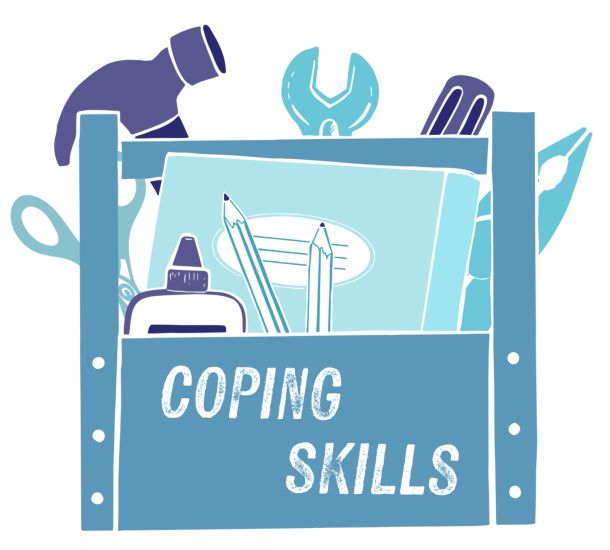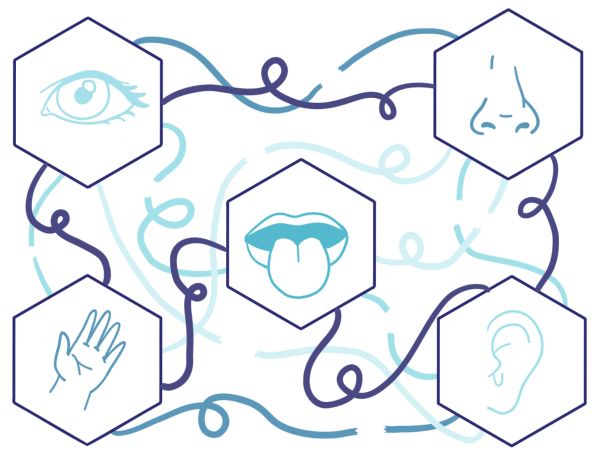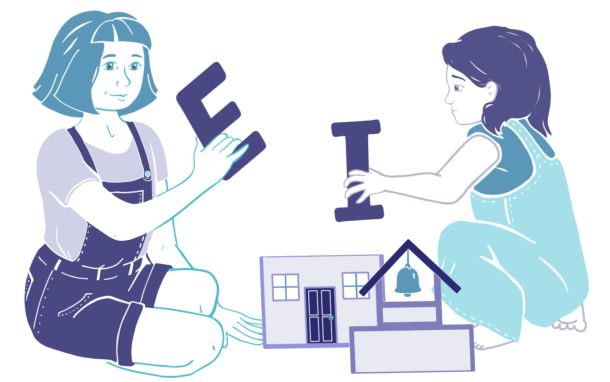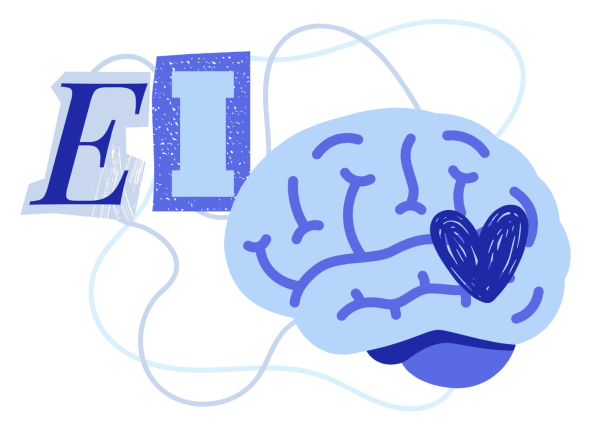Learn Ways to Help Your Child Soar!


Neurodivergent Special Interest
Although special interests are most commonly found in those with Autism Spectrum Disorder, they actually play a role in a multitude of Neurotypes. Some of th...

Coping Skill( CBT techniques and DBT techniques)
When it comes to coping skills, there are two popular techniques that are often taught. They are Cognitive Behavior Therapy (CBT) and Dialectical Behavior Th...

Directions and the Neurodivergent Brain
The neurodivergent brain is a beautiful thing full of contradictions and curiosities. Each neurotype takes in and processes information differently. Which me...

Synesthesia
We love to celebrate all types of neurodivergent brains here. One really fun neurotype often seen as a gift is synesthesia. The dictionary defines synesthesi...

Is it My Fault?
Being a parent is hard. We all want the best for our kids. Let’s be honest, no one wants to hear that something might be wrong with their baby. Our kids are ...

The Role of Emotional Intelligence in Education
Last month we wrote about Emotional Intelligence (EI) by breaking it down into five main elements. Those five elements were self-awareness, self-regulation, ...

Mixing up Letters and How to Help
Let’s start at the root of the problem. Why do kids mix up letters? As a vitally part of human survival, we have developed the ability to interpret shapes ...

What is Emotional Intelligence?
Emotional Intelligence, or EI, is defined as the capacity to be aware of, control, and express one's emotions, and to handle interpersonal relationships ju...

AuDHD, no it's not a typo...
Did we mis-spell ADHD in the title of this blog? Not at all! AuDHD is a lovable nickname for a very specific neurotype. Prior to 2013, it was believe...

New Year, New Program!
Say hello to Fast ForWord, Austin Learning Solutions’ brand new program launching by the end of January. Fast ForWord will allow our students to continue wha...

Do & Don'ts of Raising a Child with Dyslexia
Everyone learns differently! It can be second-nature to raise and teach our children in a way that makes the most sense to us, but that may not be the most b...

Latest Dyslexia Research Update!
In research published in June 2022, Helen Taylor and Martin David Vestergaard raise the possibility that people with dyslexia are especially gifted in “explo...